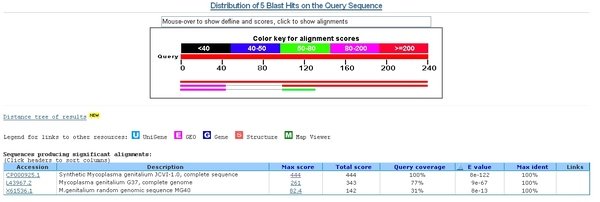The Intelligent Design Challenge – Dénouement
Well, the Intelligent design Challenge is over, and we have a winner(s). It was interesting looking at the various methods people used, and I’ll discuss this below the fold. One thing stood out though.
No one used the explanatory filter, or any of the various methods proposed by Intelligent Design proponents. Not one person.
I’m slightly surprise by that. Here was a golden opportunity to test out the paraphernalia of the Design Inference. As Wesley Elsberry has pointed out, so far Dr. Dembski has not tested his Design Inference under realistic circumstances.
Here was a group of realsequences, not some made up artificial sequence, but a real world example of design (along with some sequences that were not designed by humans). A perfect test bed for the Design Inference, you would think.
But in the end, all except one person used ordinary design. That is, people took what they knew of human design and applied it to the problem at hand. The favourite method was to run the nucleotide sequence though a translation filter and search for English language sentences by hand. After all, there has been much discussion over the years about leaving coded messages in the genome, and Craig Venter and his team had just published on their synthetic Mycoplasma genome, pointing out that they had “watermarked” the genome, so it was an obvious first port of call. Another favourite method was to use BLAST to compare the sequence to known genomes, find the ones that looked like they have some human intervention (say an insertion sequence as shown in the image below. This is what you get when you BLAST sequence 1 against the nucleotide database), and then send that sequence through the translation program and again find an English sentence.
 The result of blasting sequence 1 against the whole genome database, and obvious insertion is a clue that this may be a designed sequence, as humans use insertions to place new sequences into organisms.
The result of blasting sequence 1 against the whole genome database, and obvious insertion is a clue that this may be a designed sequence, as humans use insertions to place new sequences into organisms.
And indeed they were correct; sequences 1, 4 and 5 are the nucleotide sequences that contain the Vetner watermarks from the synthetic Mycoplasma genome. 2,3 and 6 and just straight Mycoplasma genetalium sequences.
This may sound awfully trivial, but the procedure above is how we find design in the real world, contra Dembski (despite Dembski’s claims, archaeologists, forensic scientists etc. do not use the mechanism of the filter). We know a fair bit about designers (be they humans, chimps or pacific island crows). When we find a flaked stone, or a pile of nut smashing rocks, or a palm leaf spear, we don’t have to invoke convoluted statistical measures, we know which designers made these things from experience.
Dembski claims to be able to identify design without knowing the identity or purpose of the designer, or the methods used to implement the design. In all the examples used to find the watermarks, the explicit knowledge of the designer was used straight up to find the design. Even over at Uncommon Descent they looked up Wired to find the sequences, and did not use any ID inspired explanatory filter or even information theory.
In the original challenge, I introduced it in the context of trying to find signatures that would allow us to determine if an organism was from the wild of a designed biowarfare Of course, In a real biowarfare incident, bioterrorists are unlikely to be watermarking their organisms (never underestimate human stupidity though). However, ID proponents have been proclaiming the utility of the Explanatory Filter for some time now. Indeed it has been 10 years since the Design Inference and the explanatory filter were introduced to the world, and you would hope by now that it had advanced enough to handle such simple cases as the Vetner Code.
The fact that even the Uncommon Descent folks did not apply the explanatory filter speaks volumes about ID as a research program. It’s moribund.
So congratulations Teleological and Tony Ashton (Teleological was the first correct Web answer, but Tony emailed first), you have successfully shown that ordinary design methodology works, and the explanatory filter is irrelevant.
I’ll be contacting you two shortly about sending you your prizes.
(PS I believe the amoxillin is winning against the bacteria in my Eustachian tubes, at least I can sit up and type again)
